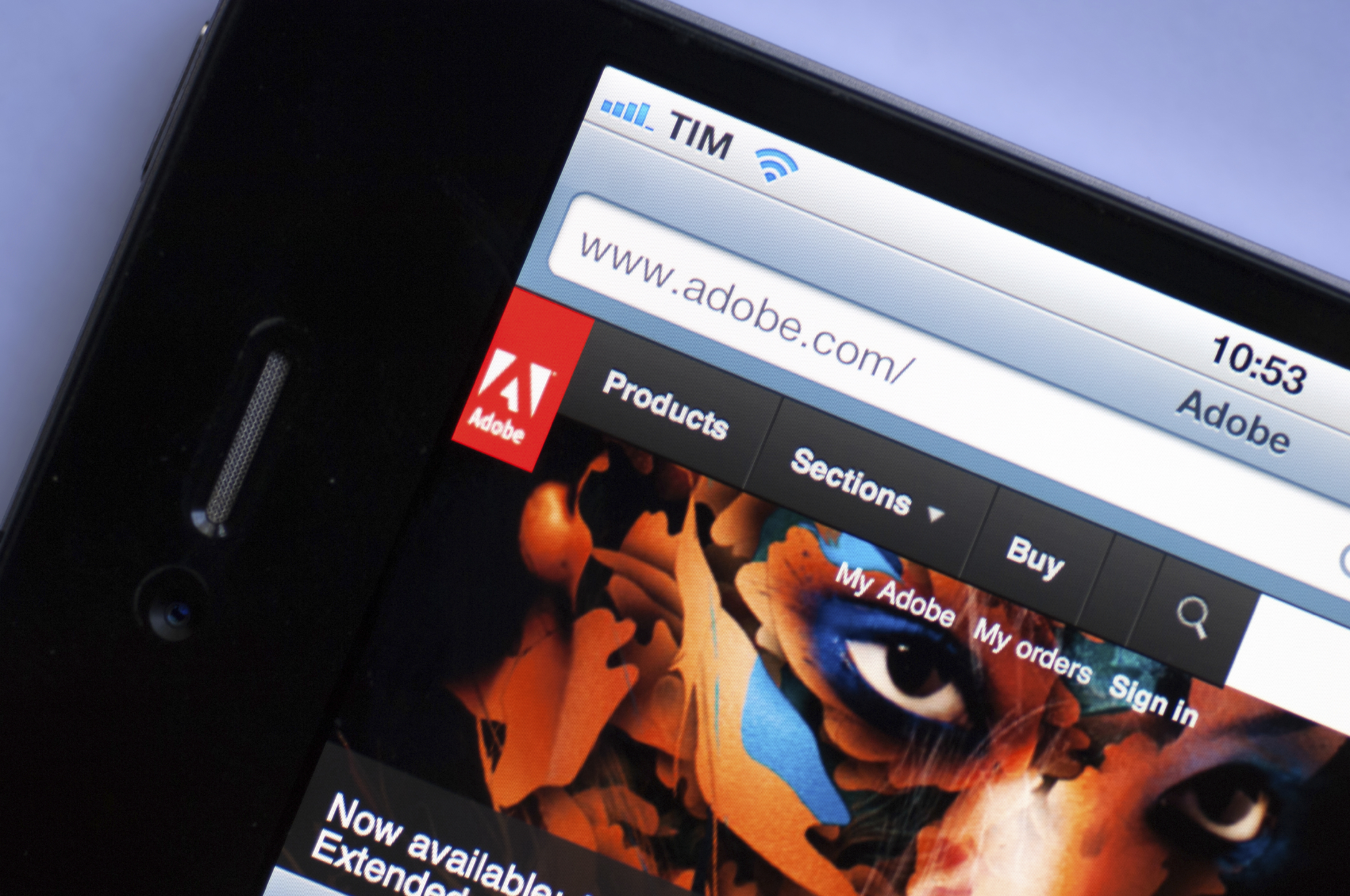What Happened
Facebook is making it easier for brands and developers to find the right audience for their apps by adding targeting options based on users’ past actions. With a new ad product named App Event Optimization, app advertisers can now target users based on the actions they have taken, such as adding an item to a shopping cart, making a purchase, viewing content, or unlocking an in-game achievement. This ad product is available across Facebook, Instagram, and on sites using the Facebook Audience Network.
What Brands Need To Do
This kind of behavioral targeting tool gives app advertisers a good way to hone in on their desired audience whose previous actions indicate their interests and preferences. While app install ads have traditionally been served to a broad audience with the goal of getting as many people to download as possible, this new option gives brands a chance to focus their campaign on certain consumer segments, such as mobile shoppers or mobile game enthusiasts, and spend their ad budgets more effectively on users that they are more likely to retain.
Source: AdAge






